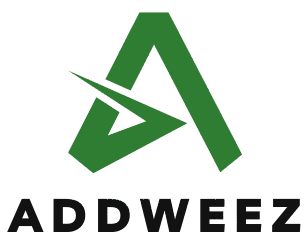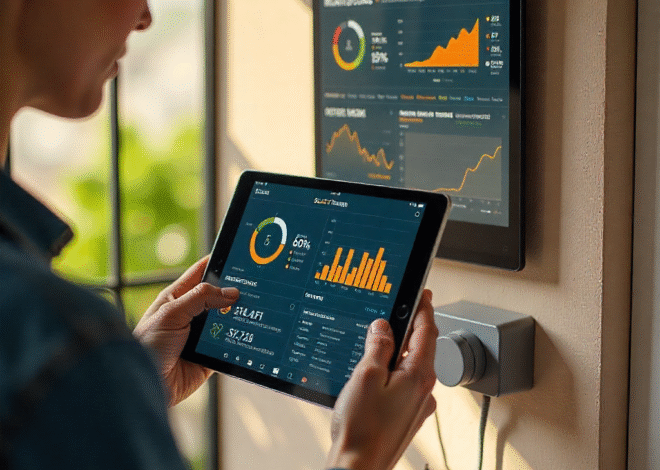
How an HIV Risk Calculator Helps You Understand Your Exposure
Understanding your personal risk of contracting HIV is a crucial step towards maintaining sexual health. However, navigating complex factors like specific behaviors, partner status, and testing history can feel overwhelming. This is where an HIV risk calculator becomes an invaluable tool. It provides a structured way to assess potential exposure based on individual circumstances, empowering users with knowledge and clarity.
At its core, an HIV risk calculator is an interactive digital tool designed to estimate the likelihood of acquiring HIV based on various input parameters you provide. These tools typically ask questions about:
- Your Sexual Behavior: Types of sex (vaginal, anal, oral), number of partners, condom use consistency, presence of sexually transmitted infections (STIs).
- Your Partner’s Status: Whether you know or suspect their HIV status, their viral load (if known and undetectable), and whether they are on pre-exposure prophylaxis (PrEP).
- Substance Use: Intravenous drug use or sharing needles significantly increases risk.
- Other Factors: Recent STI diagnoses, history of blood transfusions (rare in many regions now), or occupational exposures (for healthcare workers).
By honestly answering these questions, the calculator processes this data using established epidemiological models and research findings. The output isn’t usually a simple “yes” or “no,” but rather a personalized risk profile. This might be presented as a percentage chance over a defined period (e.g., per act, per year) or categorized into low, medium, or high-risk levels relative to common scenarios.
The primary benefit of using such a calculator is demystification. Many people harbor vague fears or misconceptions about their risk. A calculator forces a concrete examination of behaviors and situations, replacing anxiety with factual understanding. For instance, someone might realize that consistent condom use with a partner whose viral load is undetectable drastically lowers their risk, providing significant peace of mind.
Furthermore, these tools serve as powerful educational resources. As you answer the questions, you’re prompted to consider aspects of sexual health you might not have thought deeply about before. Learning how factors like PrEP effectiveness or the impact of different types of sex contribute to risk fosters greater awareness and informed decision-making for future encounters.
Crucially, an HIV risk calculator helps identify opportunities for risk reduction. If the assessment reveals a higher-than-desired risk level, it clearly signals areas where changes can be made. This could mean committing to consistent condom use, discussing PrEP or treatment as prevention (TasP) with a partner, getting regularly tested for HIV and other STIs, or exploring options like PrEP for yourself if applicable. It transforms abstract concern into actionable steps.
It’s important to remember that while valuable, these calculators have limitations. They rely on the accuracy of the information you provide and the assumptions built into their algorithms. They cannot predict individual outcomes with absolute certainty. Therefore, they should complement, not replace, professional medical advice. Consulting a healthcare provider remains essential for personalized risk assessment, discussion of prevention strategies like PrEP or PEP (post-exposure prophylaxis), and regular HIV/STI testing.
For those seeking a reliable resource, platforms offering comprehensive HIV risk assessment tools can be found online. One example is the service available at hivriskreport.com, which provides detailed questionnaires and personalized reports based on current medical guidelines. Such tools empower individuals by putting knowledge and proactive health management directly into their hands.
In conclusion, an HIV risk calculator is more than just a mathematical exercise; it’s a gateway to understanding your unique health landscape. By clarifying risks, educating users, and highlighting prevention opportunities, these tools play a vital role in promoting responsible sexual health practices and reducing the stigma surrounding HIV. Taking a few minutes to engage with a reputable calculator can provide profound insights and set the stage for healthier choices.



